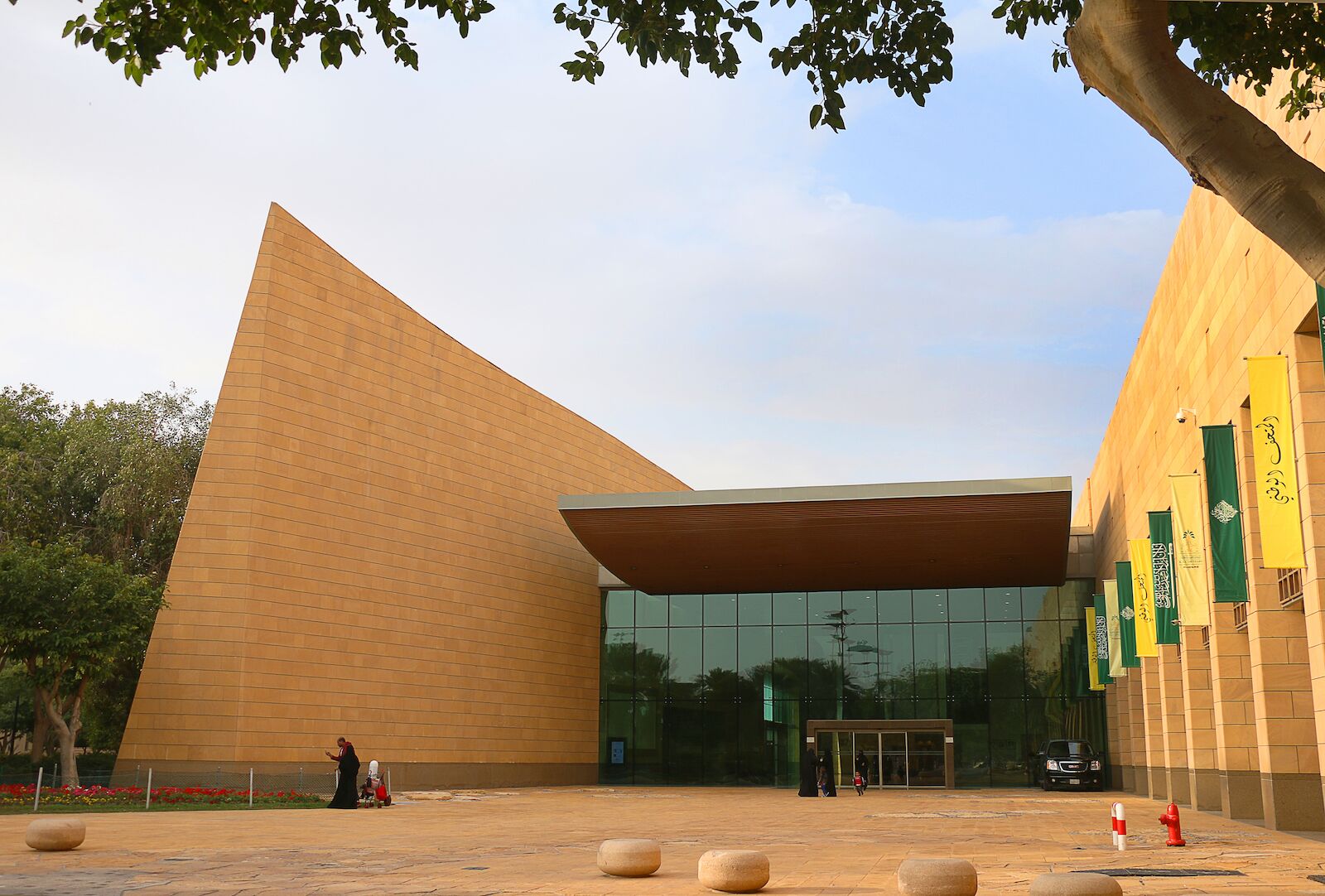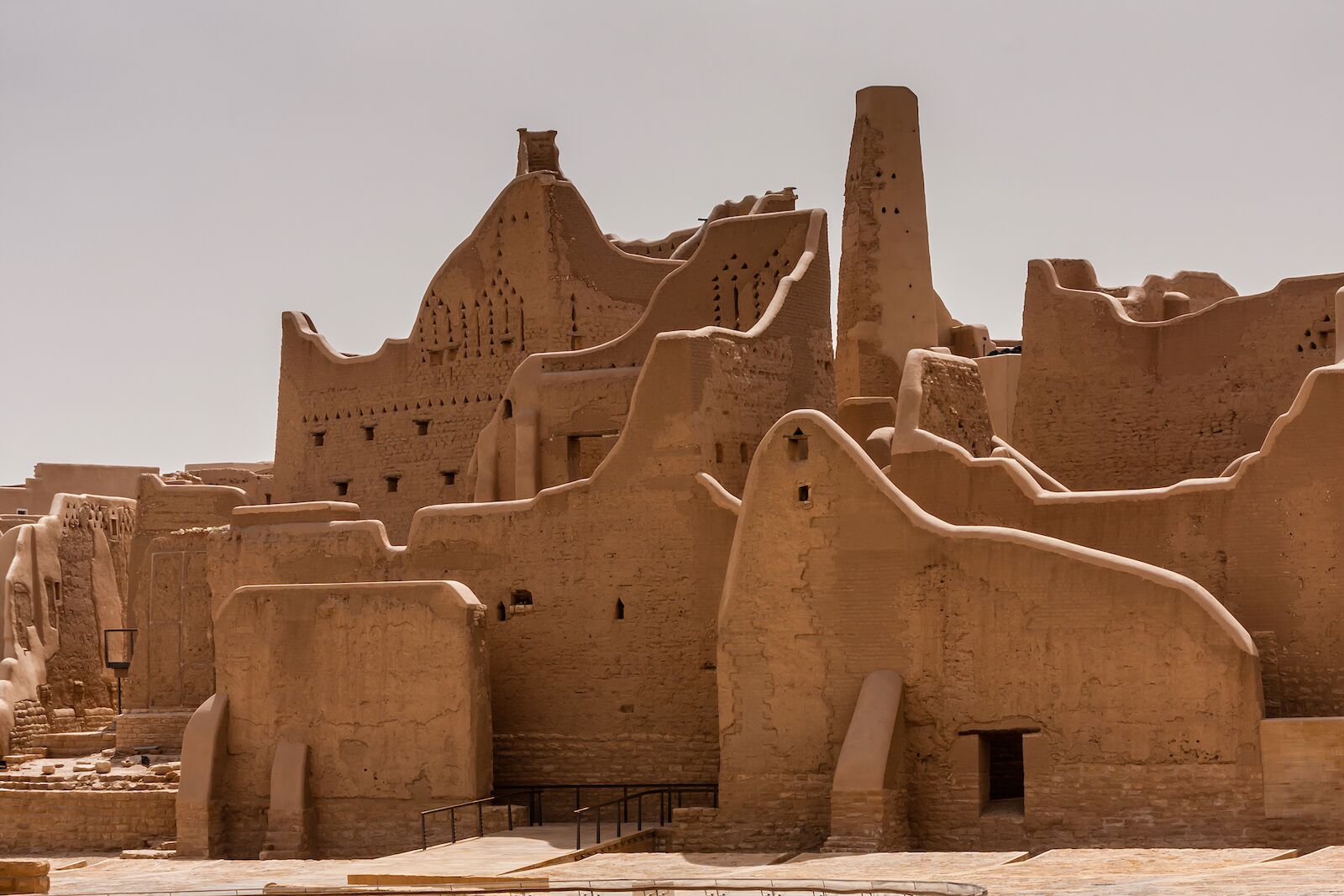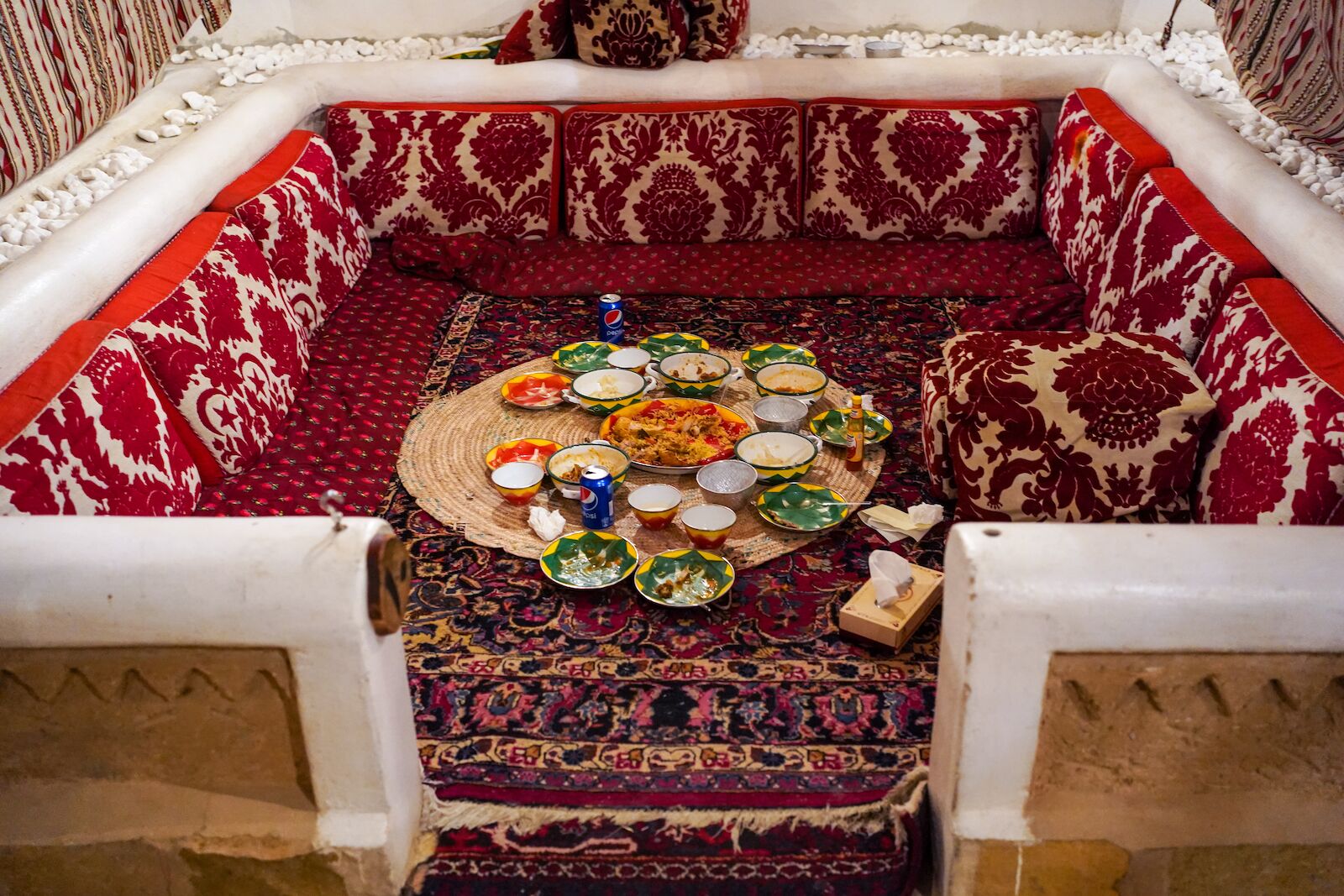Located in the heart of the Arabian Peninsula, Riyadh, the capital and largest city of Saudi Arabia, stands as a testament to the region’s rich tapestry of culture, history, and modernity.
The name “Riyadh” comes from the Arabic word meaning “the gardens,” which is a nod to its position centuries ago as the location of the most fertile land in Arabia. Today, it’s a garden of another sort. One might say an eclectic garden of city life and ancient heritage. From its historic areas and iconic landmarks to its bustling markets and culinary scene, Riyadh, along with Saudi Arabia as a whole, is welcoming in tourists from around the world.



